
www.biorxiv.org/content/10.1...
How do #dopamine neurons perform the key calculations in reinforcement #learning?
Read on to find out more! 🧵
www.biorxiv.org/content/10.1...
How do #dopamine neurons perform the key calculations in reinforcement #learning?
Read on to find out more! 🧵
We found that psilocybin prolongs the neurovascular response, independent of neural activity.
This would affect how we should interpret fMRI BOLD studies of psychedelics ‼️
@chris-schaffer.bsky.social @alexkwan.bsky.social @sn-lab.bsky.social
Preprint:
www.biorxiv.org/content/10.1...

We found that psilocybin prolongs the neurovascular response, independent of neural activity.
This would affect how we should interpret fMRI BOLD studies of psychedelics ‼️
www.nature.com/articles/s42...

www.nature.com/articles/s42...
www.pnas.org/doi/10.1073/...
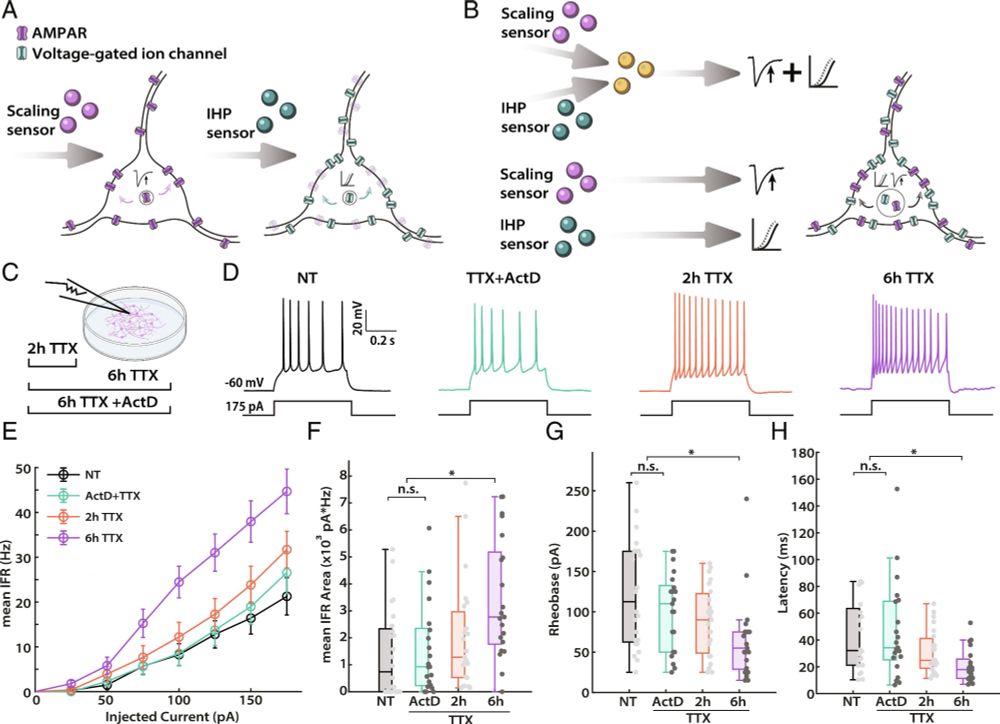
www.pnas.org/doi/10.1073/...
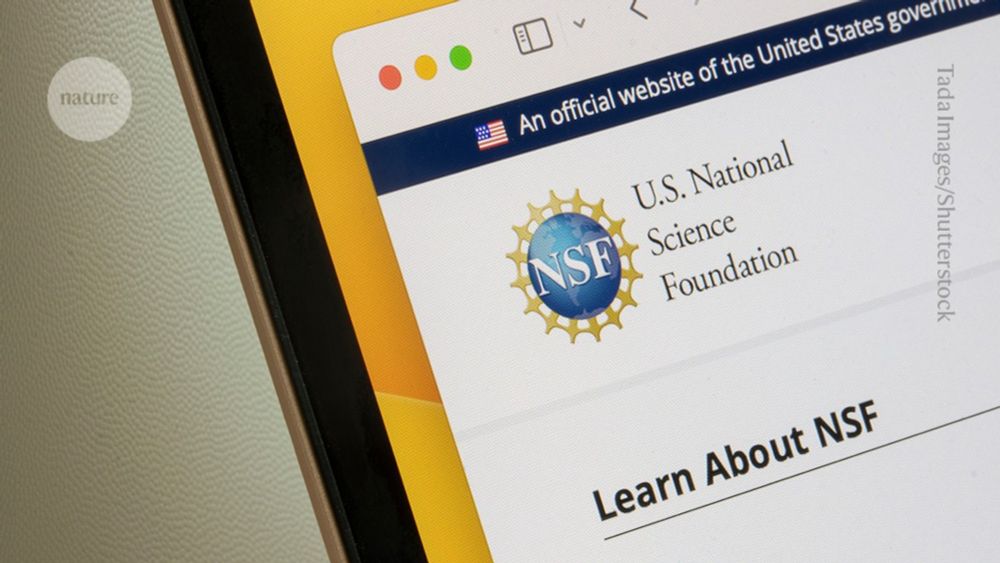
euraxess.ec.europa.eu/worldwide/no...

euraxess.ec.europa.eu/worldwide/no...

https://go.nature.com/4iriy7u
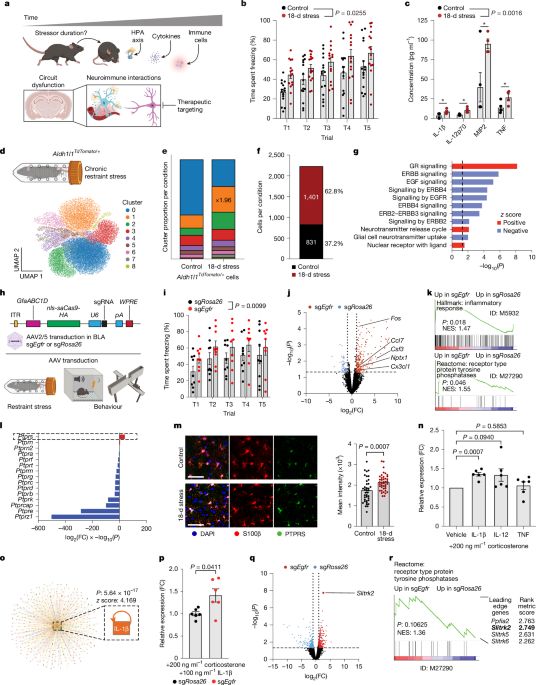
www.eventbrite.ca/e/neural-cir...

www.eventbrite.ca/e/neural-cir...
www.nature.com/articles/s41...

www.nature.com/articles/s41...
Register today! bit.ly/4jA3aXr
Join this live webinar to review how to select a topic, identify and recruit others to join the nano, and develop a strong nano proposal.
Register now on Neuronline!
🔗 bit.ly/3R9rLGn
#NeuroSky
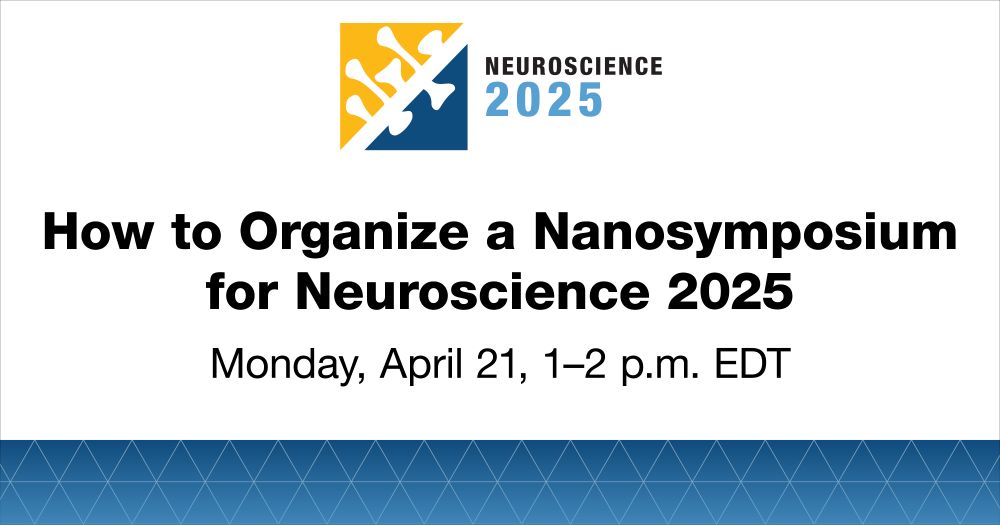
Register today! bit.ly/4jA3aXr
www.nature.com/articles/s41...

www.nature.com/articles/s41...
https://go.nature.com/4lev255

https://go.nature.com/4lev255
www.nature.com/articles/d41...
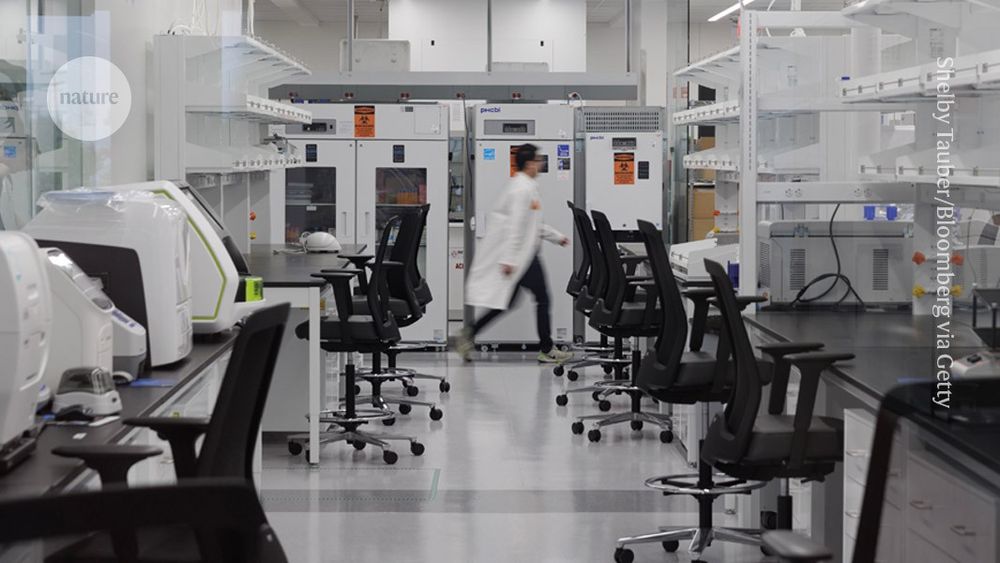
www.nature.com/articles/d41...
The 2025 SfN Awards and Prizes celebrate the researchers, educators, and mentors who drive neuroscience forward.
Nominate a colleague, friend, or peer by Thursday, May 8.
🔗 bit.ly/4iXFGLz
#Neurosky

The 2025 SfN Awards and Prizes celebrate the researchers, educators, and mentors who drive neuroscience forward.
Nominate a colleague, friend, or peer by Thursday, May 8.
🔗 bit.ly/4iXFGLz
#Neurosky

#NeuroSky
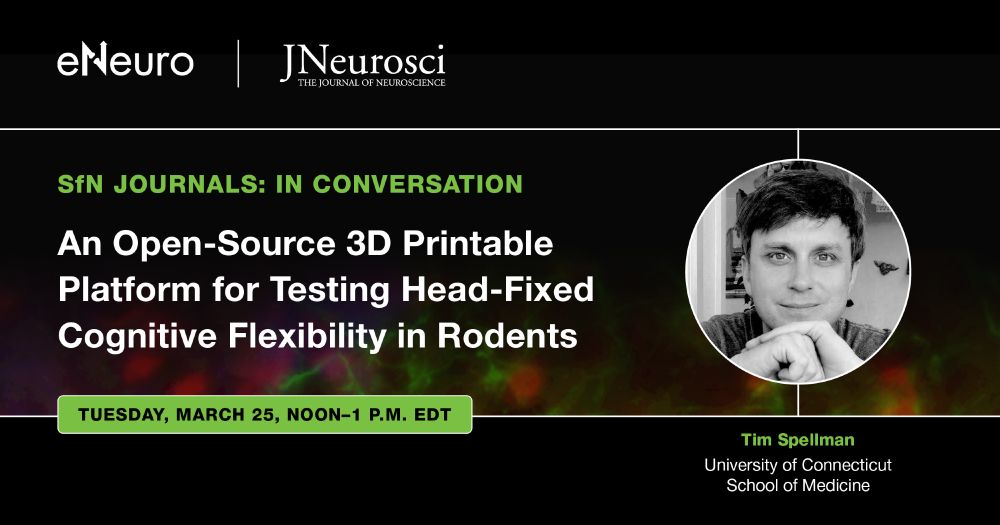
#NeuroSky
By @avaskham.bsky.social
#neuroskyence
www.thetransmitter.org/spectrum/tar...

By @avaskham.bsky.social
#neuroskyence
www.thetransmitter.org/spectrum/tar...



